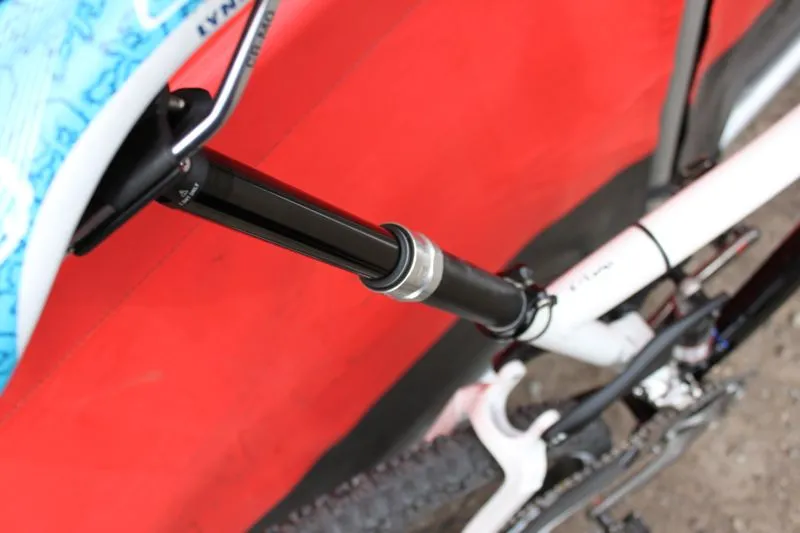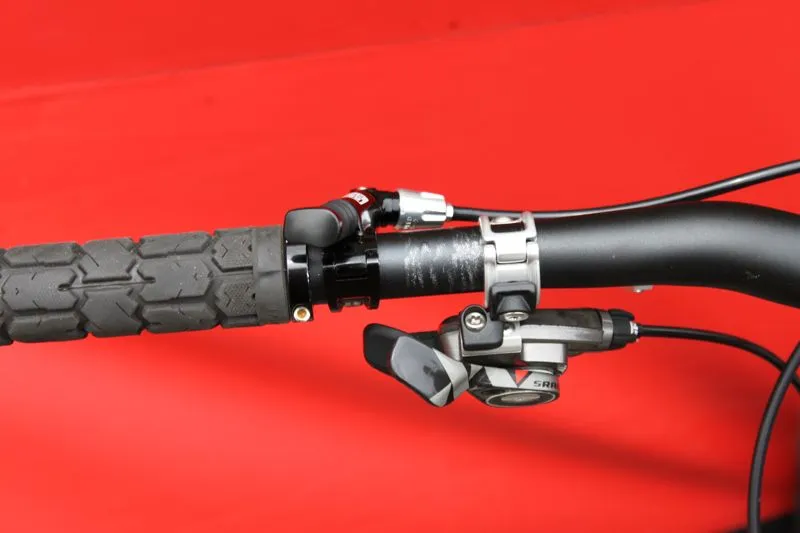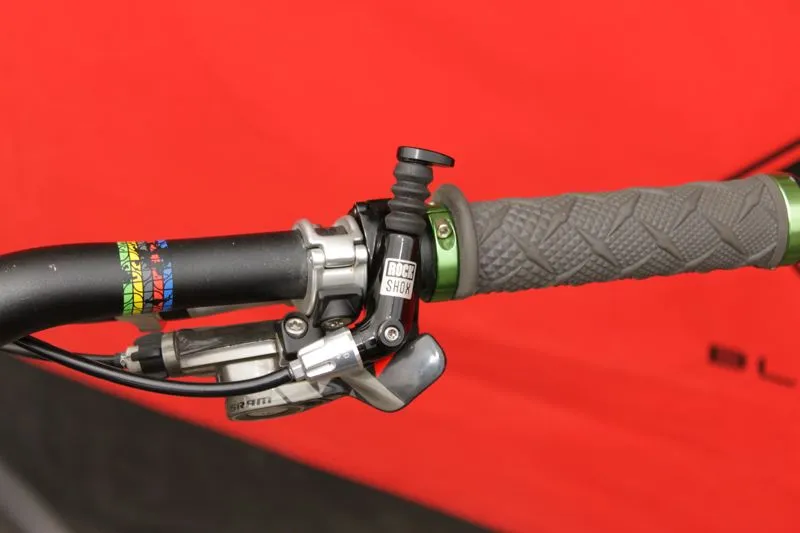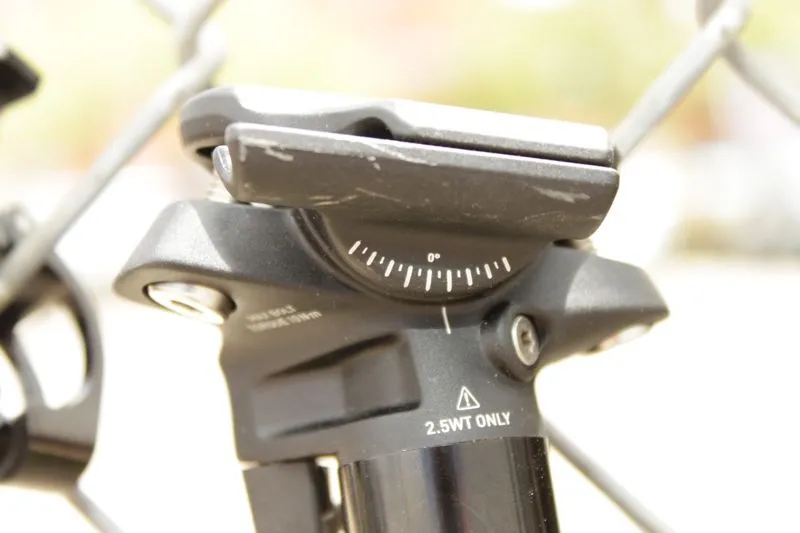RockShox may be late to the game with their first height-adjustable seatpost, but the suspension experts from Colorado Springs look to have achieved a whole new level of performance.
The new Reverb has 125mm of adjustment, a three-key guide to reduce slop and an actuation system that looks like it could beat everything else on the market. Weight is a competitive 515g with remote, despite its robust-looking 7050-forged construction and zero-offset two-bolt micro adjustable clamp.
RockShox will offer Reverb in two lengths, 380mm and 420mm, which will both feature the same 125mm drop. It will be available in 30.9mm or 31.6mm diameters from September for US$295 (approx £200, but that's before you add tax, shipping, etc).
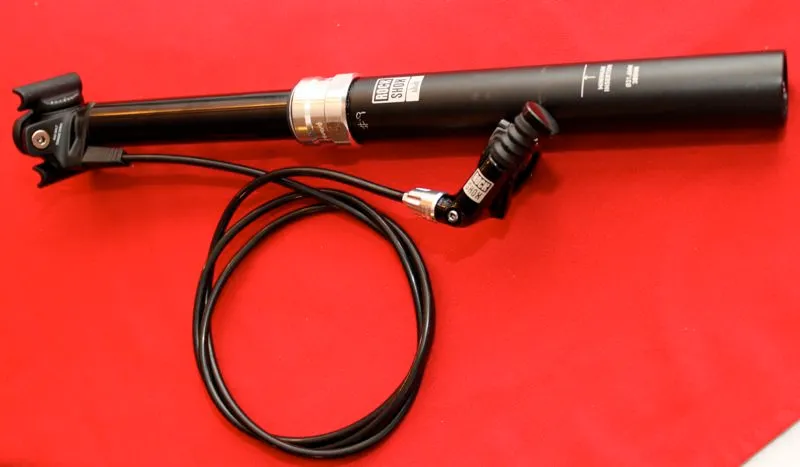
All 2011 Reverbs will come with an X-Loc style remote, bleed kit, bar mount and seat collar
Based on suspension technology
Reverb uses an air/oil mechanism where the air spring is separated from the oil by an internal floating piston (IFP). This means that, not only is the post infinitely adjustable throughout its travel range (like many of its competitors), but it also locks into position when adjusted, so it can't be pulled up during hike-a-bikes or if your shorts catch it.
The post is activated via an X-Loc hydraulic remote, which is available in left and right bar mount configurations. A discreet solo mount is also available which can be used alone or with a MatchMaker X compatible clamp. This can be paired up with Avid’s XX or X0 brakes and any of SRAM’s trigger shifters.
The hydraulic remote and internals of the post are separate systems. Should the hydraulic remote fail, for example if its hose is damaged in a crash, the post will remain in the position it was last set in.
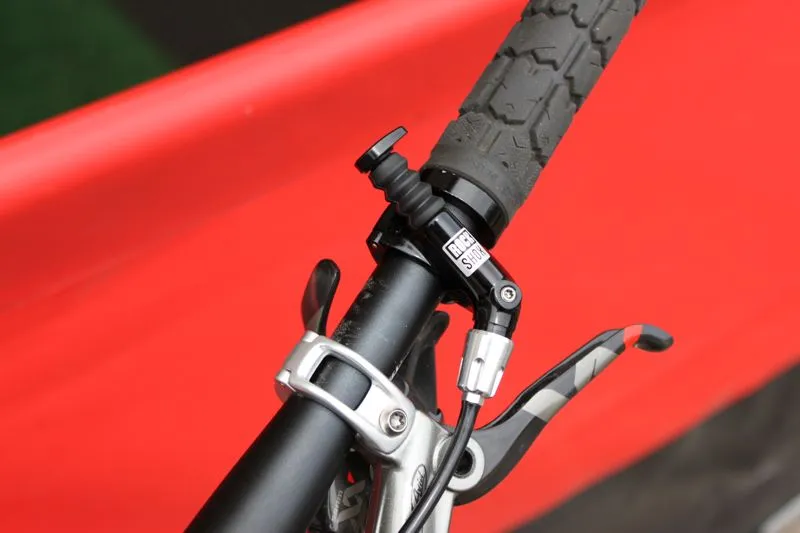
The Reverb remote uses the same design as RockShox's X-Loc lockout found on XX forks
“We also feature a speed adjust,” said Jeremiah Boobar, RockShox’s long-travel product manager, in reference to the barrel adjuster found on the remote. “You can control the speed at which the post compresses or returns, right at the handlebar. I affectionately refer to that as your slap or tickle adjust.”
Watch the demo now:
Unable to load media
RockShox use their experience in sealing suspension forks and shocks in the Reverb’s triple-lipped energised sealing system, as well as its foam ring and wiper. 'Energised sealing' refers to seals that are held to the shaft of the post with small circular springs – two to be exact. Boobar promises that the system is robust and meant to be used in muddy conditions without constant maintenance.
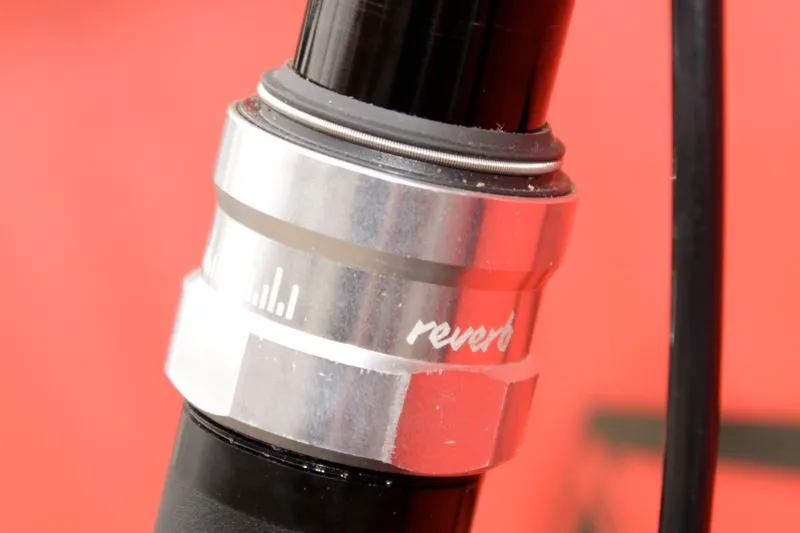
The Reverb uses an 'energised seal', which refers to the circular spring you can see at the top
The Reverb samples we rode were still early prototypes and there were some issues to still be worked out before production; one we had was very sensitive to the seat binder’s torque. It was, however, very tight side-to-side and the hydraulic remote worked quite elegantly. It was a fun product to ride and it has great potential.
All mountain bikes can benefit
Height-adjustable seatposts have been around for a long while – Hite-Rite was invented in the ’80s, there was the Power Post in the ’90s, and Gravity Dropper and Maverick’s Speedball (now the CrankBrothers Joplin) have dominated recently – but it’s only in the past few years that they’ve been noticed by the average trail rider.
RockShox believe that if you're riding a bike with 120mm of travel or more, your riding will almost certainly benefit from an adjustable post. Based on our experiences – and with the exception of downhill and slopestyle bikes, where you're unlikely to be doing much climbing – we tend to agree. It's amazing what having the ability to lower your post at the press of a button can do for your descending, and they're not as hefty as they used to be.
“We categorise this product in 'all-mountain', but we really feel like this product is for all mountain bikes,” said Boobar. “This is the new suspension fork. There's such a benefit to being able to move that seat out of the way and gain some control over your bike that we’re going to see these things showing up on everybody’s bike, from cross-country all the way up.”

This cutaway shows the Reverb's air/oil inner workings

